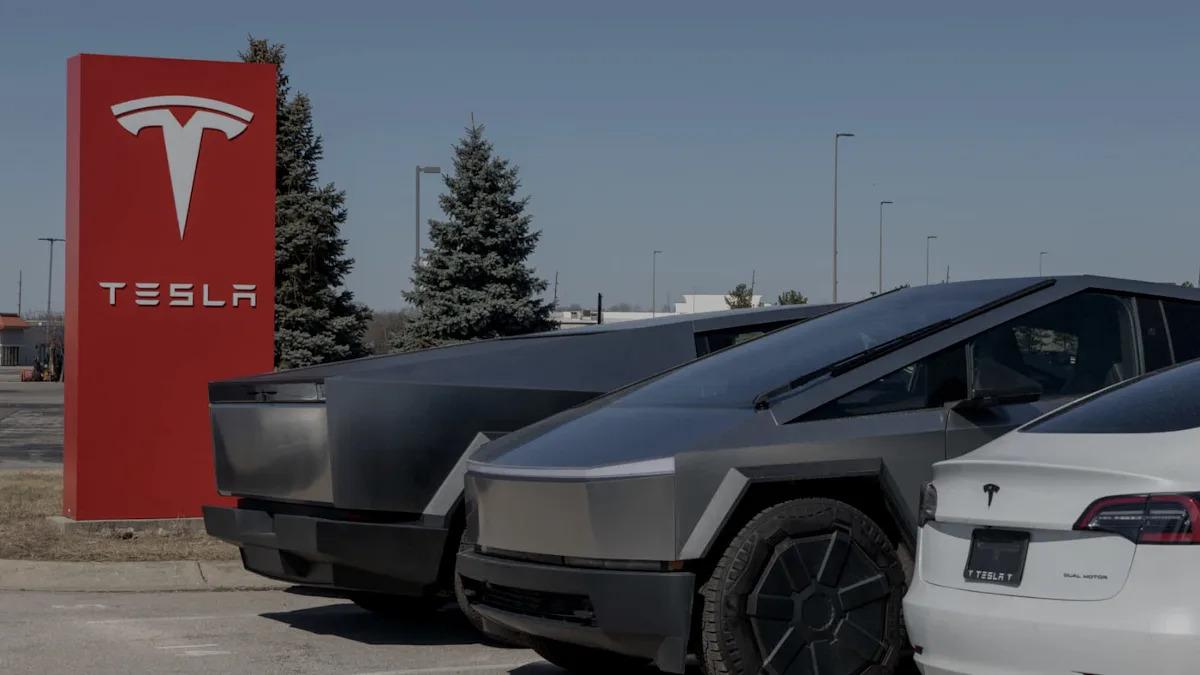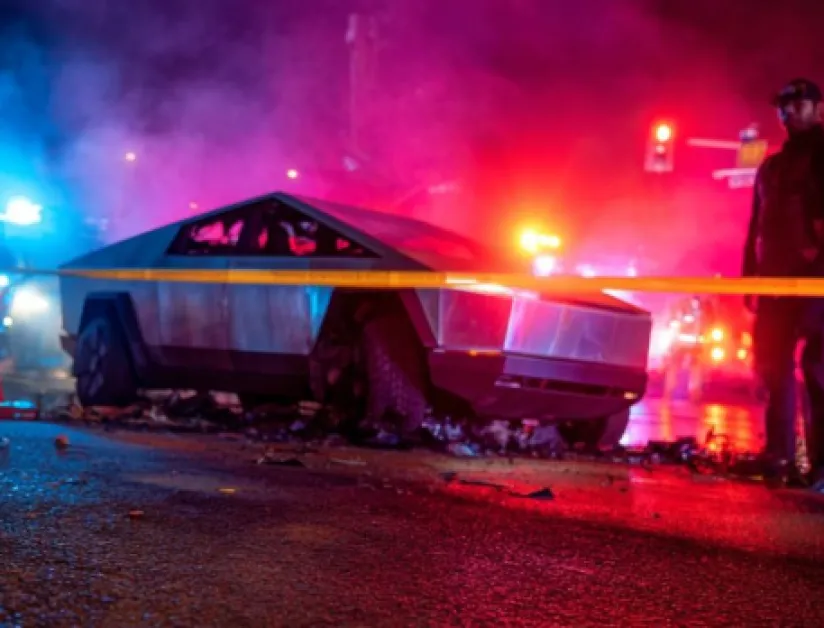On August 5, 2024, a tragic incident in Baytown, Texas, claimed the life of Michael Sheehan, a 47-year-old registered nurse, who perished in a fiery Tesla Cybertruck crash. The vehicle, purchased just 102 days earlier from a Tesla showroom in Cypress, Texas, veered off the road, struck a concrete culvert, and erupted into flames. Sheehan’s family has since filed a wrongful death lawsuit against Tesla, alleging that the Cybertruck’s defective design trapped him inside, leading to his horrific death. The lawsuit, filed on June 13, 2025, in Harris County District Court, seeks over $1 million in damages, accusing Tesla of negligence in the vehicle’s design and manufacturing. It also names a local bar, The Barn Whiskey Bar, for allegedly overserving alcohol to Sheehan, potentially contributing to the crash.

The lawsuit claims the crash itself was survivable, but the Cybertruck’s battery system entered “thermal runaway,” a chain reaction causing uncontrollable temperature escalation, with flames reaching 5,000°F. This intense heat caused Sheehan’s bones to suffer thermal fracture, reducing his body by eight inches in length, according to the family’s attorney, S. Scott West. The complaint highlights that the vehicle’s electrically operated doors failed to open once power was lost, and the external handles malfunctioned. The emergency manual release, while present, was allegedly difficult to locate in a panic, a critical flaw in the vehicle’s design. West, a former industrial design engineer, argues that Tesla prioritized aesthetics over functionality, creating a “spaceship” design that became a death trap.

This tragedy marks the first reported fatality involving a Tesla Cybertruck since its launch in November 2023. However, it is not an isolated incident. In December 2024, three college students died in a similar Cybertruck fire in Piedmont, California, after the vehicle crashed into a tree and became wedged against a wall. Another incident in Los Angeles in April 2024 left a driver in an induced coma due to smoke inhalation after a Cybertruck fire. These accidents have raised serious concerns about the vehicle’s safety, particularly its battery design and emergency egress mechanisms. Despite the National Highway Traffic Safety Administration (NHTSA) awarding the Cybertruck a five-star safety rating in February 2025, real-world crashes suggest otherwise. An analysis earlier this year found that the Cybertruck’s fire fatality rate in its first year surpassed that of the infamous Ford Pinto over its nine-year production run.
The Cybertruck, marketed as a rugged, futuristic electric pickup, has faced scrutiny since its debut. Its stainless steel exoskeleton and angular design have been both praised and criticized. Safety experts have long questioned its crash dynamics, noting the lack of adequate crumple zones and the volatile nature of its lithium-ion battery. The vehicle has been subject to eight recalls in 2024 alone, addressing issues like faulty accelerator pedals, detachable exterior panels, and defective windshield wipers. These recalls, coupled with reports of fires triggered by minor collisions, such as hitting road debris or a fire hydrant, underscore ongoing safety challenges.

Sheehan’s family alleges that Tesla could have used safer battery cells with slower thermal propagation, which would have given occupants more time to escape. Such alternatives, the lawsuit claims, were both economically and technologically feasible without compromising the vehicle’s utility. The complaint also criticizes Tesla for failing to provide adequate warnings or training on emergency escape procedures. Attorney West, who attempted to negotiate a settlement with Tesla before filing the lawsuit, emphasized the preventable nature of the tragedy, stating, “Every religion has a version of hell, and every version has fire. This was a preventable, product-driven tragedy.”
As Tesla faces mounting legal and public scrutiny, the Cybertruck’s safety record remains under a microscope. The NHTSA has yet to comment on this specific case but may investigate further if similar incidents occur. For now, the lawsuit serves as a stark reminder of the unique risks posed by electric vehicles, particularly in high-stakes scenarios. Some Cybertruck owners have taken matters into their own hands, installing DIY emergency rip cords to mitigate these dangers. The outcome of this case could push regulators and manufacturers to prioritize robust safety engineering in the rapidly growing electric truck market.






